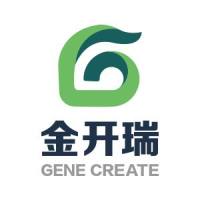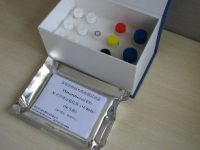Methods for the Isolation of Viruses from Environmental Samples
互联网
483
Viruses are omnipresent and extraordinarily abundant in the microbial ecosystems of water, soil, and sediment. In nearly every reported case for aquatic and porous media environments (soils and sediments) viral abundance exceeds that of co-occurring host populations by 10–100-fold. If current estimates based on metagenome DNA sequence data are correct, then viruses represent the largest reservoir of unknown genetic diversity on Earth. Microscopy and molecular genetic tools have been critical in demonstrating that viruses are a dynamic component of microbial ecosystems capable of significantly influencing the productivity and population biology of their host communities. Moreover, these approaches have begun to describe and constrain the immense genetic diversity of viral communities. A critical first step in the application of many cultivation-independent approaches to virus ecology is obtaining a concentrate of viruses from an environmental sample. Culture-dependent methods also rely on viruses being present at a high enough abundance to detect. Here, methodological details for the isolation and concentration of viruses from water, soil, and aquatic sediment samples are covered in detail.









